Environmental Science and Design Research Institute

IN A FLASH: Earth Month Wrap Up
Kent State celebrated Earth Month with an exceptionally full schedule of events, not the least of which were the activities on campus surrounding the total solar eclipse!
Kent State Today
Tracking Wildlife Through New Technology
For Lauren Sigrist, a senior Environmental and Conservation Biology major, with a minor in Environmental Studies, the Summer Undergraduate Research Experience (SURE) supported by the Environmental Science and Design Research Institute (ESDRI) gave her the opportunity to spend a second summer e…
Environmental Science and Design Research Institute

Inside the Egg: Exploring Microbial Inheritance in Lizards
Through the Summer Undergraduate Research Experience (SURE) program this summer, supported by the Environmental Science and Design Research Institute (ESDRI), senior Zoology major & Music minor Allison Remick continued a research project she has been developing for nearly two years. M…
Environmental Science and Design Research Institute
Underground Insights: Tracking Soil’s Role in Carbon Storage
As an Environmental Studies senior, Kiki Masters spent the summer looking underground. With mentorship from Tim Gallagher, PhD in the Department of Earth Sciences, Masters joined Kent State’s Summer Undergraduate Research Experience (SURE) program, supported by the Environmental Science a…
Environmental Science and Design Research Institute
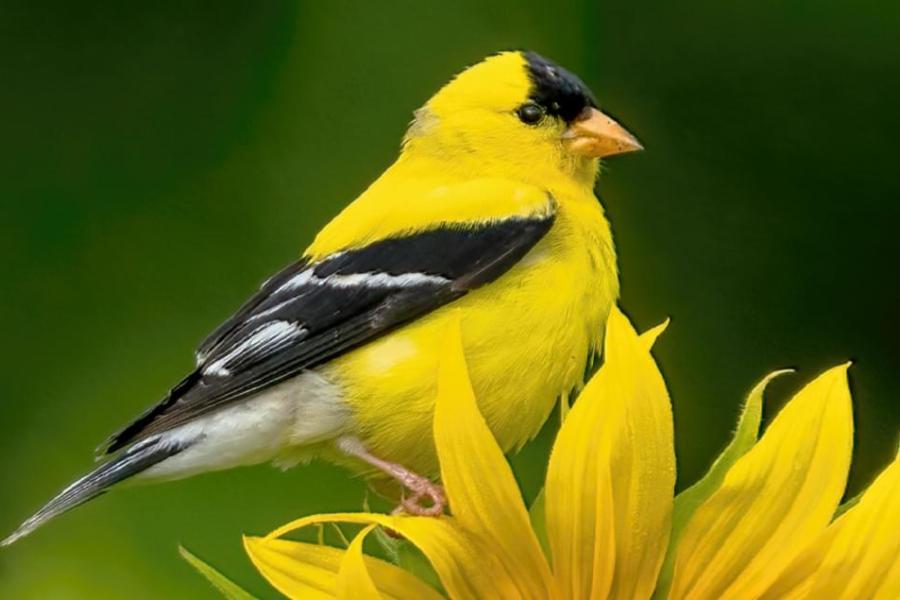
Behind the Feathers: Understanding Changing Gut Bacteria of Songbirds
Senior Zoology major and ESDRI Fellow at Kent State University, Jami Greb spent the summer studying wild songbirds. Under the guidance of Sangeet Lamichhaney, PhD in the Department of Biological Sciences, Greb participated in the Summer Undergraduate Research Experience (SURE) progra…
Environmental Science and Design Research Institute
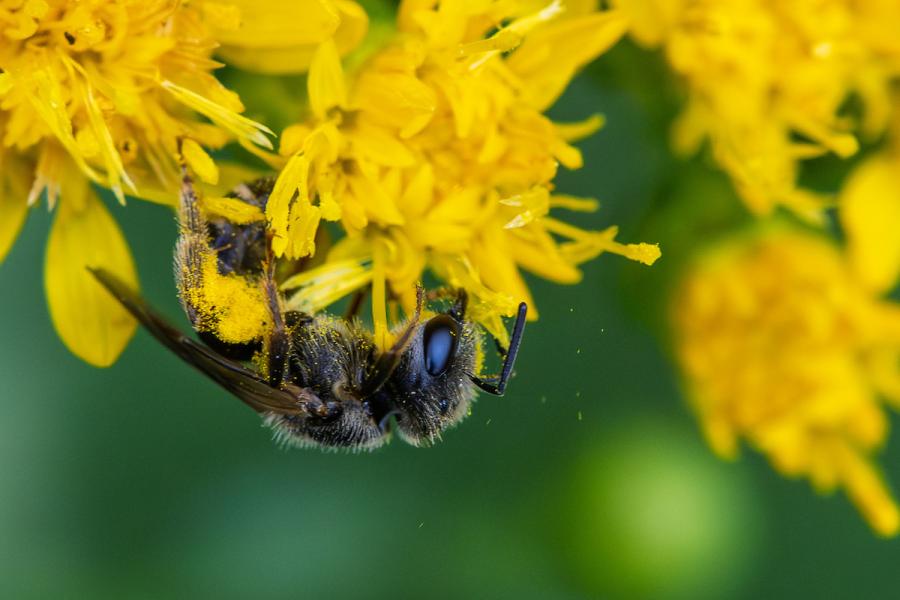
IN A FLASH: Power to the Pollinators!
Pollinator Day, proudly presented by Kent State University as a proud Bee Campus USA, will welcome all visitors to the KSU Pollinator Garden to celebrate our campus pollinators on September 5 from 10 a.m. - 12 p.m.
Kent State Today
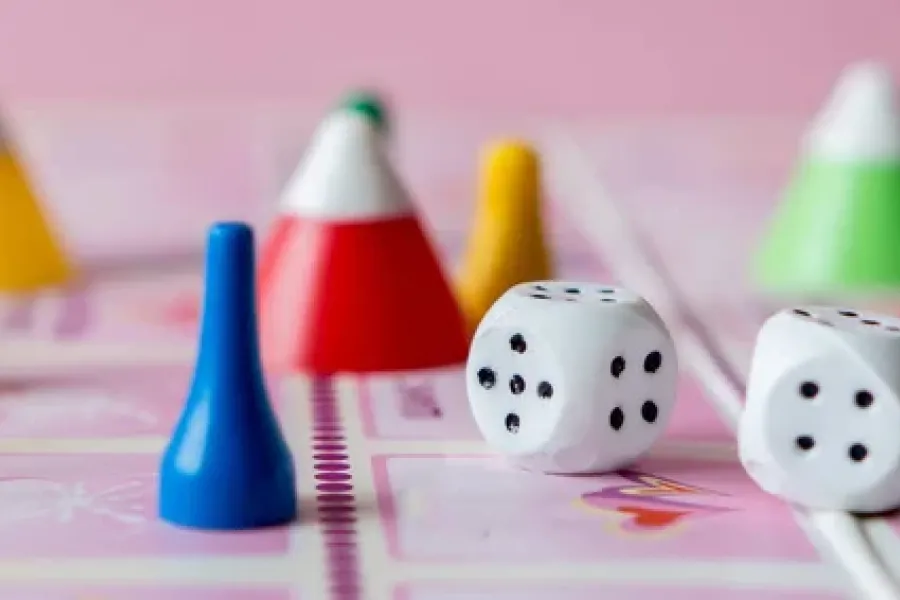
Teaching Fashion Sustainability Through Gameplay
Gabby Adkins graduated from Kent State University in August 2025 with a B.S. in Fashion Merchandising. Prior to that, she spent the summer participating in the Summer Undergraduate Research Experience (SURE) program, working under the mentorship of Gargi Bhaduri, PhD on a project that blended fashio…
Environmental Science and Design Research Institute
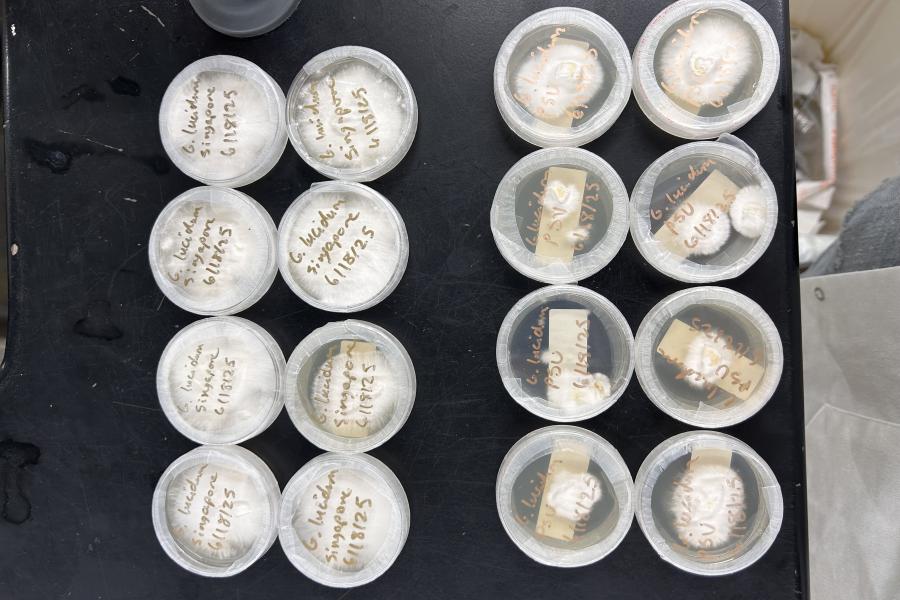
From Fungi to Foundations: Exploring Mycelium as a Building Material
For Environmental Studies senior Adam Frymier, summer 2025 was all about growth - both in the lab and in his own skills as a researcher. Under the mentorship of Britta Bielak, Assistant Professor of Interior Design in Kent State’s College of Architecture and Environmental Design, Frymier participate…
Environmental Science and Design Research Institute
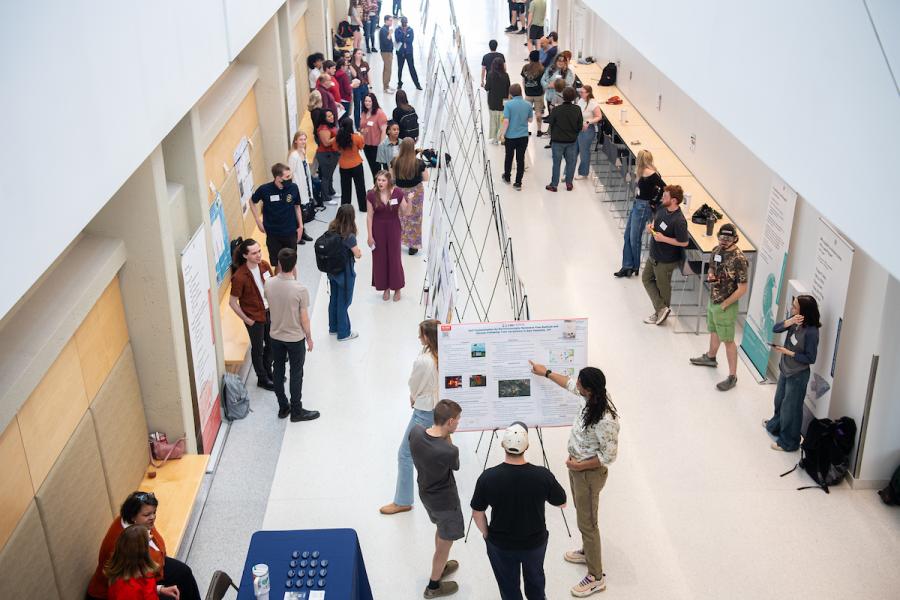
IN A FLASH: The Halls of Science
Kent State’s Annual Environmental Science and Design Research Institute Research Showcase offers an opportunity for student researchers to present posters showcasing their explorations and findings in all areas of environmental research and design.
Kent State Today

Graduating ESDRI Fellows Reflect on Their Journey and What Comes Next
The Environmental Science and Design Research Institute (ESDRI) supports students through their undergraduate Fellows Program. In this program students across any major with interest in environmental science or design come together to form a like-minded, yet diverse, community of sch…
Environmental Science and Design Research Institute